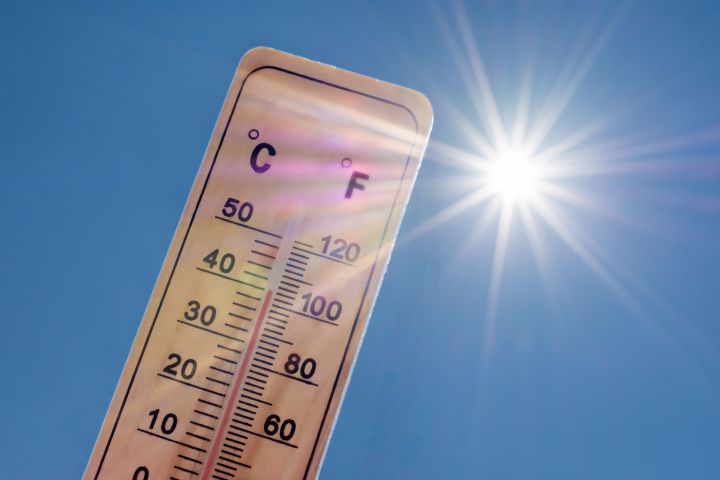As Australia faces more extreme heat events due to climate change, public health campaigns encouraging people to ‘stay cool’ and ‘keep hydrated’ are becoming increasingly common.
But new research from graduate researcher, Leah Garnet-Carroll, and Dr Catherine Trundle shows that this messaging can inadvertently reinforce inequality.
Their study found that most Australian heat health promotion materials frame heat risk as an individual responsibility, assuming everyone has equal capacity to deal with extreme heat.
“Heat health promotion materials often make assumptions about access to resources, agency and support networks,” Leah explains.
“For example, they assume access to cooling, secure housing, water and digital connectivity. They also fail to represent the lived experiences of Indigenous Australians, renters, disabled people, women and remote populations.”
By centring individual responsibility, Leah says, public health campaigns risk excluding those who face structural barriers.
Their research offers recommendations for more inclusive public health communication.
“Practically, public health materials could include additional messages that acknowledge structural constraints and highlight systems of support that specific communities or groups might access,” Dr Trundle explains.
“These might include domestic violence and abuse supports, housing supports and renter rights and advocacy groups, or mental health and parenting support groups.”
“These findings highlight the urgent need for public health messaging in Australia to move beyond individualistic frameworks and incorporate a climate justice approach that recognises structural inequalities.”



